Bordeaux Wineries Shut Down Amid Extreme Weather And Changing Consumer Habits; Climate Change Is Effecting Wine Production Globally
Bordeaux, known for producing some of the world's most exquisite wines, is undergoing a seismic transformation due to the far-reaching impact of climate change and shifting consumer preferences. As a result, some are uprooting vines and seeking government compensation. Globally, too wine production is seeing challenges amid many factors causing wine producers to rethink their occupation
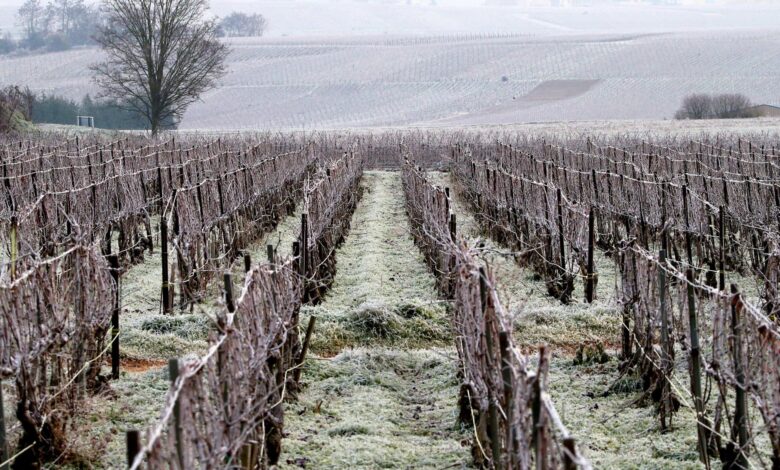
Bordeaux Vineyards And Climate Change Is The Heat of the Matter
Sylvie Courselle’s poignant words echo the sentiment of many winemakers in Bordeaux as they grapple with the unpredictable consequences of climate change.
With extreme weather events becoming increasingly frequent and severe, the delicate equilibrium that defines Bordeaux wines is under threat; the rising global temperatures are hastening grape ripening, altering the character of wines and challenging centuries-old traditions.
Harsh weather conditions—ranging from hailstorms to droughts—are now part of the winemakers’ annual battle.
“In the next five years, we will see less vines in Bordeaux,” according to Sylvie Courselle, an agricultural engineer and enologist at Château Thieuley.

According to data from the local authorities, between early June and July this year, there were 584 requests for compensation from winemakers who wanted to either end their production entirely or diversify the use of their land.
This corresponds to almost 5,000 hectares of vineyard area that could be about to change, and producers had only until mid-July to ask for support.
Many say that going forward, the biggest challenge will be access to water — one of the most essential ingredients in wine production.
Shifting Tides of Consumer Preferences
The winds of change in Bordeaux do not solely stem from the changing climate. The region’s winemakers are also steering the turbulent waters of shifting consumer preferences as beer and lighter wines gradually supplant the once-dominant red wines.
The surge in active brewers across France and the decline in wine sales mirror a broader trend that challenges the wine industry’s status quo.
Historically known for its bold red wines, Bordeaux is recalibrating its offerings to align with evolving tastes, yet adaptation comes with its own set of complexities.
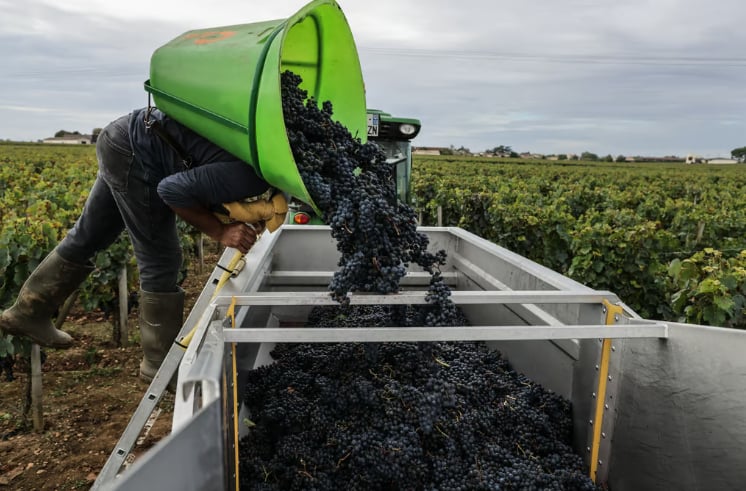
Global Wine Production
Bordeaux’s challenges resonate beyond its borders; German wines, buoyed by warming temperatures, are experiencing an upswing in production.
According to the International Organisation of Vine and Wine, Germany was the only EU country that reported an increase in wine production last year. Production jumped 6% from the previous year “due to the dry and hot growing season, which has been beneficial for vineyards.”
The United Kingdom, too, is embracing its growing vineyards, signaling a shift in global wine dynamics. Hectares with vines have more than quadrupled since 2000, according to WineGB. In 2021, wine sales rose by 31% annually to 9.3 million bottles. The majority of them are sparkling rather than still wine.
Wine production volume in the U.K. skyrocketed in 2018, data from Statista shows. However, levels have decreased since they are still well above the production figures registered before that year.
The future global challenges of the wine industry
The wine industry, steeped in centuries of tradition, now stands on the precipice of a new era as it grapples with the multifaceted challenges of climate, sustainability, health, and technology. As global consumers increasingly prioritize environmental stewardship, wellness, and tech integration in their purchasing decisions, vintners and viticulturists must adapt or risk being left behind.
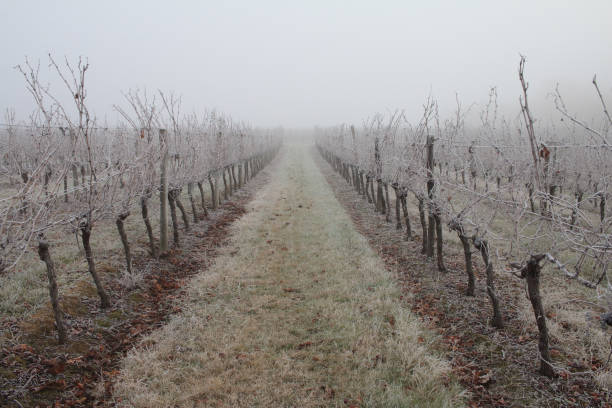
Climate Change
One of the most pressing challenges facing the wine industry is the relentless force of climate change. Global warming stands as an existential threat to viticulture, touching every aspect of the wine production process, from the cultivation of grapes to the final distribution of the bottled product.
The inherent sensitivity of grapevines to shifts in temperature cannot be underestimated —sunlight, temperature, and rainfall are what give the wine its unique character—its acidity, sweetness, body, and aroma.
The escalating global temperatures disrupt this delicate balance, endangering grape quality and, by extension, the overall quality of the wine produced.
This disruption is particularly evident in esteemed wine regions such as Bordeaux in France, Napa Valley in the United States, and Barossa Valley in Australia. Climate change is ushering in earlier harvests, leading to accelerated ripening of grapes. This phenomenon can result in wines with heightened alcohol content and reduced acidity, potentially reshaping the cherished traditional taste profiles that wine enthusiasts have come to adore.
The intensification of extreme weather events—from heatwaves and droughts to floods and hailstorms—is another hallmark of climate change’s impact. These events present direct threats to vineyards, capable of decimating entire crops in a matter of hours. Adding to the complexity, the proliferation of pests and diseases, fueled by warmer temperatures, adds yet another layer of intricacy to this unfolding narrative.
In response to these challenges, the wine industry is demonstrating its adaptability and innovative spirit. Winemakers are delving into novel grape varieties that are better equipped to handle rising temperatures. Moreover, they’re experimenting with innovative cultivation techniques, exploring strategies to safeguard against the volatility of climate shifts. A noteworthy strategy is the consideration of vineyard relocations to cooler climates like Tasmania and England—regions once deemed unsuitable for viticulture.
Yet, as these adaptation strategies are implemented, the pressing need for global action on climate change becomes even more apparent. The fate of the wine industry is intrinsically tied to the well-being of the planet.
To ensure the industry’s ongoing success and the preservation of its rich legacy, the urgency of confronting climate change has never been more vital. The moment to take action is now, and the wine industry, in tandem with the rest of the world, must rise to the occasion.
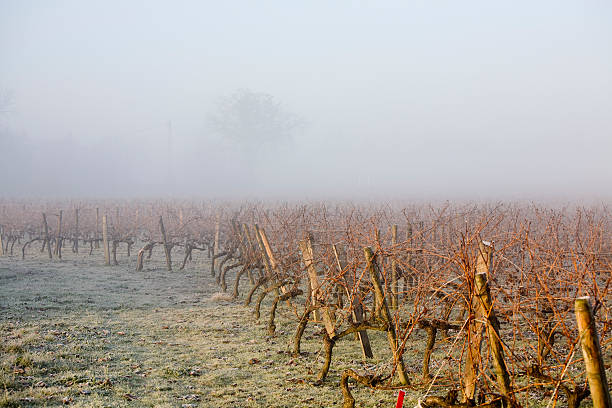
Sustainability
In a world where sustainability is no longer a mere buzzword but a societal standard, the wine industry finds itself under scrutiny like never before. Wine production, inherently energy-intensive, involves a sequence of processes—from nurturing vines in sprawling vineyards to fermenting grapes in wineries and distributing bottles across the globe. Consequently, embracing sustainable practices has become a non-negotiable obligation.
Winemakers are wholeheartedly embracing sustainability to curtail their environmental footprint. Practices like organic viticulture, efficient water management, carbon offsetting, and harnessing renewable energy sources are becoming par for the course. However, these transitions are not devoid of their own set of challenges.
Embarking on the path of sustainability often demands substantial investments of both time and finances. For instance, transitioning from conventional to organic vineyards necessitates a transition period where yields might be lower, potentially affecting a winery’s bottom line.
Moreover, the industry contends with the adverse effects of climate change—erratic weather patterns and increased pest activity—rendering grape cultivation a more complex endeavor.
Amid these hurdles, wineries that invest in sustainability stand to reap long-term rewards. Consumers are increasingly willing to pay a premium for wines that embody sustainable practices, and these approaches can also enhance vineyard resilience against the impacts of climate change.

The Wine Paradox
The interplay between wine consumption and health presents a multifaceted challenge for the industry. While moderate wine consumption, particularly of red wine, has been linked to health benefits like cardiovascular well-being, the dangers of overindulgence cast a shadow over this seemingly harmonious relationship—a phenomenon known as the “wine paradox.”
Winemakers are proactively addressing this paradox by exploring innovative solutions. Low-alcohol and non-alcoholic wine options are gaining traction, allowing consumers to savor the essence of wine without exposing themselves to the potential pitfalls of excessive alcohol consumption. Yet, crafting these alternatives while retaining the distinct flavor profiles of traditional wines remains a delicate task.
Transparency in labeling is another vital aspect of this challenge. Consumers, driven by a desire for informed choices, seek comprehensive information about a wine’s nutritional content, including sugar levels, calorie counts, and allergens. However, balancing this quest for knowledge with the aesthetic appeal of wine labels poses a creative conundrum that the industry must master to align with health-conscious trends.
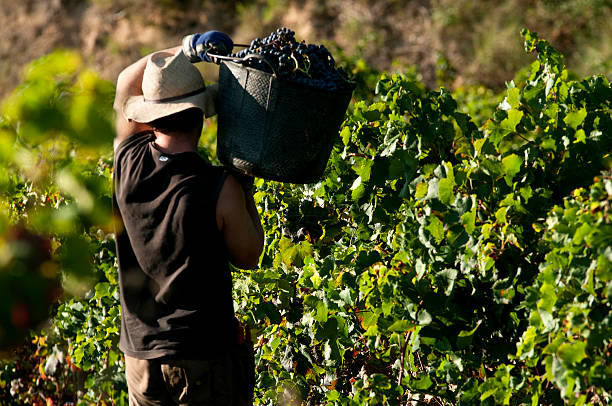
A New Horizon for the Industry
As technology propels transformative shifts across various sectors, the wine industry is no exception. From vineyard management to the final glass, technology is orchestrating efficiency, precision, and enhanced customer experiences.
Within the vineyards, winemakers are harnessing technology to optimize grape cultivation conditions.
Drones, remote sensors, and data analytics are enabling precision viticulture, empowering growers to allocate resources optimally and forecast potential challenges.
However, the adoption of such technologies comes with substantial investments and specialized skills that might not be accessible to smaller wineries.
The ascent of e-commerce is yet another game-changer. The convenience and flexibility of online wine purchases have been amplified by the COVID-19 pandemic.
Blockchain technology has added another layer of promise. It’s potential to enhance traceability within the wine supply chain, combat counterfeit products, and provide consumers with verified information about a wine’s origin and production journey further transformative capabilities of technology.
The Last Bit, Climate change, sustainability, health consciousness, and technological integration are collectively shaping the wine industry.
As the industry looks on, one truth becomes self-evident—its journey is anything but linear.
Throughout history, the industry has surmounted challenges, evolving through changing tastes, prohibitions, and global crises.
However, the wine industry stands on the precipice of a new era—one that promises resilience, reinvention, and a future that, like a fine wine, grows richer with time.




